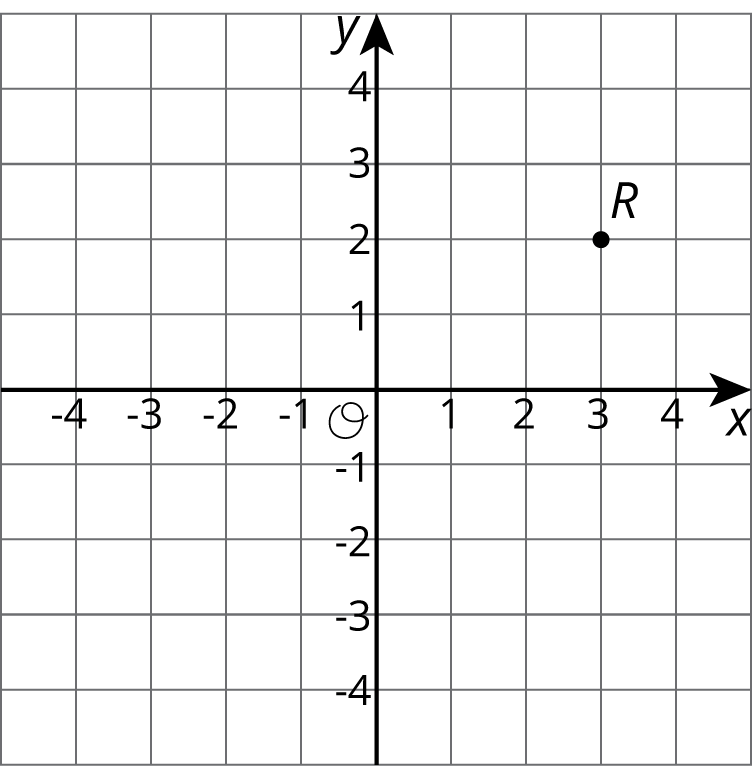Lesson 7
Graphs of Proportional Relationships
Lesson Narrative
This lesson introduces an important way of representing a proportional relationship: its graph. Students plot points on the graph from a table of values in a proportional relationship. Then, they look for and make use of structure (MP7) to examine graphs representing other proportional relationships to see that the graph of a proportional relationship always lies on a line that passes through the origin, the point \((0,0)\).
They start to make connections between the graph and the context modeled by the proportional relationship, and between the graph and the equation for the proportional relationship. They reason abstractly and quantitatively (MP2) by interpreting the meaning of the point \((1,k)\) on the graph both in terms of the constant of proportionality \(k\) in the equation \(y=kx\) and in terms of a constant rate in the context.
Learning Goals
Teacher Facing
- Generalize (orally and in writing) that a proportional relationship can be represented in the coordinate plane by a line that includes the “origin” or by a collection of points that lie on such a line.
- Identify the constant of proportionality from the graph of a proportional relationship.
- Interpret (orally and in writing) points on the graph of a proportional relationship.
Student Facing
Let's see how graphs of proportional relationships differ from graphs of other relationships.
Required Materials
Learning Targets
Student Facing
- I can find the constant of proportionality from a graph.
- I know that the graph of a proportional relationship lies on a line through $(0,0)$.
CCSS Standards
Glossary Entries
-
coordinate plane
The coordinate plane is a system for telling where points are. For example. point \(R\) is located at \((3, 2)\) on the coordinate plane, because it is three units to the right and two units up.

-
origin
The origin is the point \((0,0)\) in the coordinate plane. This is where the horizontal axis and the vertical axis cross.
Print Formatted Materials
For access, consult one of our IM Certified Partners.
Additional Resources
| Google Slides | For access, consult one of our IM Certified Partners. |
|
| PowerPoint Slides | For access, consult one of our IM Certified Partners. |
